The art of pitching in softball is a delicate balance of power, precision, and deception. Among the various pitches that keep batters guessing, the drop ball stands out as one of the most effective weapons in a pitcher’s arsenal. This pitch, designed to break sharply downward as it approaches the plate, can leave even the most seasoned hitters swinging at air. The mechanics behind the drop ball, the grip variations, and the strategic use in games make it a fascinating subject for players and fans alike.
At its core, the drop ball relies on physics and proper technique to achieve its signature movement. Unlike a fastball, which travels on a relatively straight path, the drop ball is thrown with a combination of spin and release point that forces it to dive as it crosses the plate. The backspin applied to the ball creates a pressure differential, with higher pressure above the ball and lower pressure below. This difference, combined with gravity, causes the ball to sink abruptly. Pitchers often spend years refining their drop ball to perfect the timing and consistency of this movement.
The grip is where the magic begins. There are several variations of the drop ball, each with subtle differences in finger placement and wrist action. The most common is the peel drop, where the pitcher holds the ball with the fingers across the seams and "peels" the fingers off upon release, generating the necessary backspin. Another popular grip is the rollover drop, which involves a more pronounced wrist snap, almost like turning a doorknob, to create a sharper downward break. The choice between these grips often comes down to personal comfort and the pitcher’s ability to maintain control.
Mastering the drop ball isn’t just about the grip and spin—it’s also about deception. A successful drop pitch looks like a fastball out of the hand, only to fool the batter with its late movement. This requires the pitcher to maintain consistent arm speed and release point, disguising the pitch until it’s too late for the batter to adjust. The best pitchers can vary the depth of the drop, throwing some that barely dip and others that plummet out of the strike zone, keeping hitters perpetually off balance.
The strategic use of the drop ball can dictate the flow of a game. Coaches often call for it in situations where a ground ball is preferable, such as with runners on base and fewer than two outs. A well-executed drop ball induces weak contact or swings and misses, making it a go-to pitch in high-pressure counts. It’s also particularly effective against aggressive hitters who tend to chase pitches below the zone. However, overreliance on the drop can backfire if batters begin to anticipate it, so mixing it with rise balls, changeups, and other pitches is crucial.
For young pitchers learning the drop ball, patience is key. The pitch demands precise mechanics, and rushing the process can lead to inconsistent movement or even injury. Many coaches emphasize starting with a strong fastball foundation before introducing breaking pitches like the drop. Drills focusing on wrist snap, spin efficiency, and release point can help pitchers develop muscle memory. Video analysis is also a valuable tool, allowing pitchers to see their mechanics and make adjustments in real time.
At the highest levels of softball, the drop ball remains a staple. Elite pitchers combine it with other pitches to create sequences that exploit a batter’s weaknesses. For example, starting with a rise ball to push the batter’s eyes upward, then following with a drop ball can make the downward break even more pronounced. The mental aspect is just as important as the physical—pitchers who can read hitters and adjust their pitch selection accordingly often find the most success with the drop.
Despite its effectiveness, the drop ball isn’t without challenges. Poorly thrown drops can hang in the strike zone, becoming easy targets for power hitters. Additionally, the strain of repeatedly snapping the wrist can lead to fatigue or strain over time. Proper conditioning and mechanics are essential to mitigate these risks. Pitchers must also be mindful of their pitch counts, as overuse of any breaking pitch can take a toll on the arm.
In the end, the drop ball is a testament to the artistry of pitching. It’s a pitch that blends science, skill, and strategy, capable of turning the tide of a game with a single throw. Whether you’re a player looking to add it to your repertoire or a fan marveling at its movement, the drop ball embodies the beauty and complexity of softball at its finest.
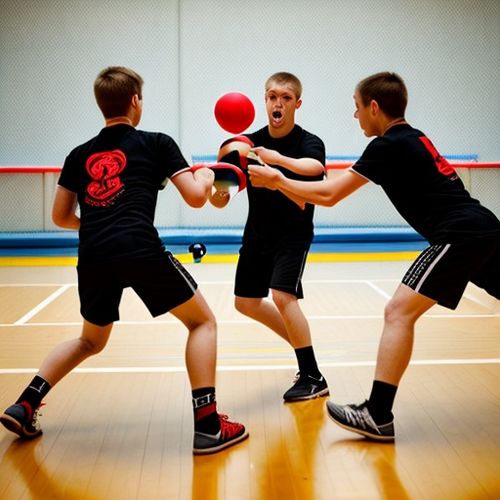
By Christopher Harris/May 8, 2025
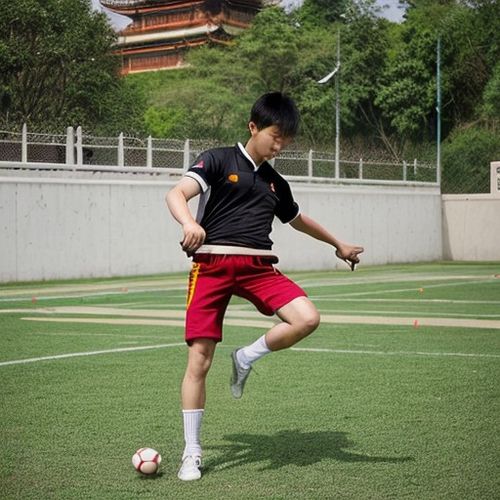
By Laura Wilson/May 8, 2025
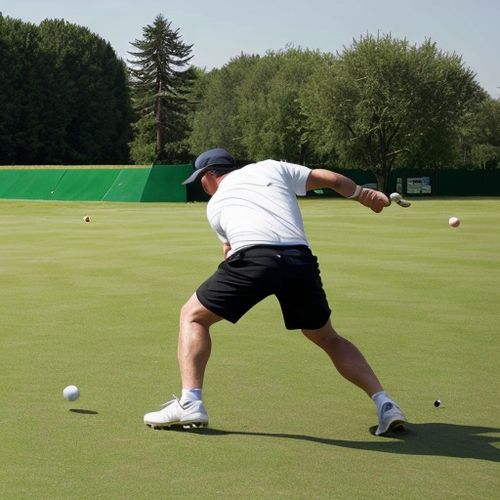
By Amanda Phillips/May 8, 2025
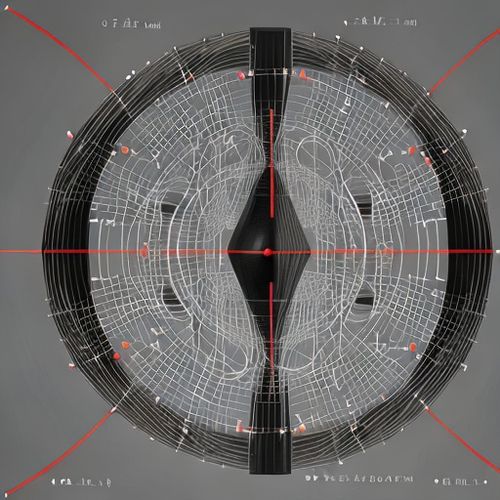
By William Miller/May 8, 2025
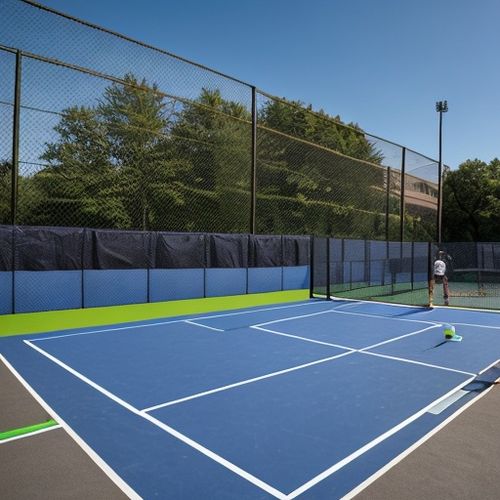
By Noah Bell/May 8, 2025
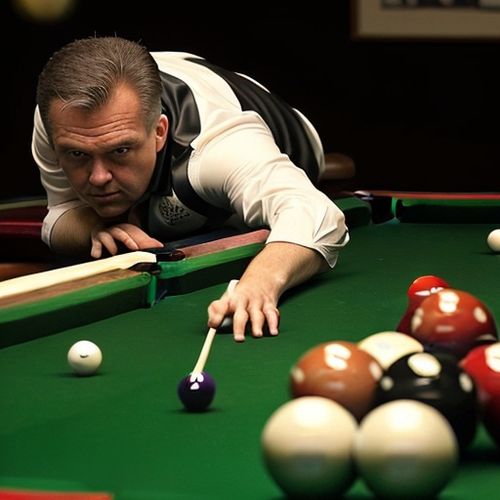
By Elizabeth Taylor/May 8, 2025

By Joshua Howard/May 8, 2025
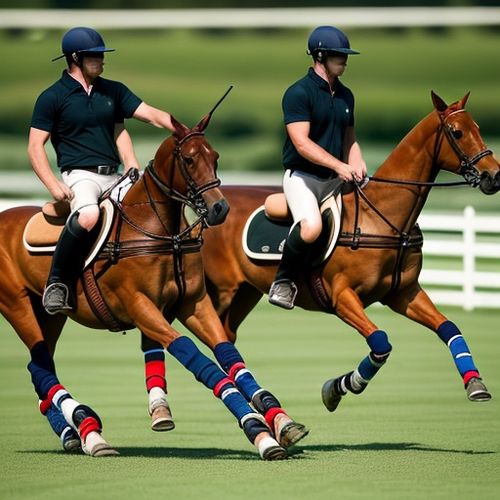
By Ryan Martin/May 8, 2025

By George Bailey/May 8, 2025

By Natalie Campbell/May 8, 2025
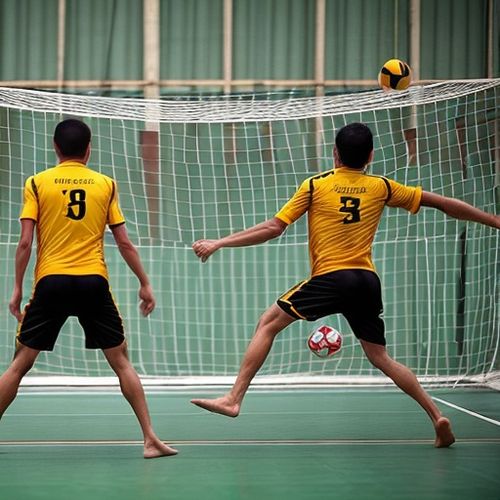
By Joshua Howard/May 8, 2025
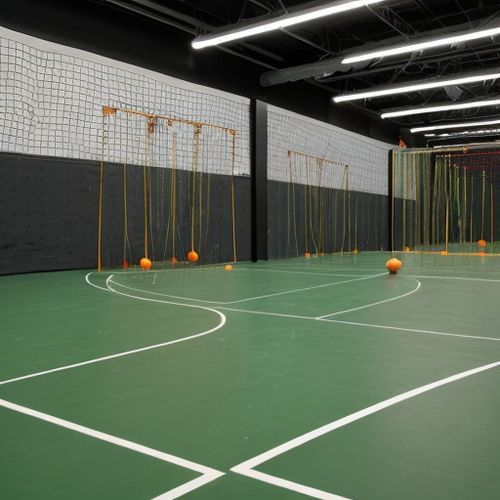
By Elizabeth Taylor/May 8, 2025
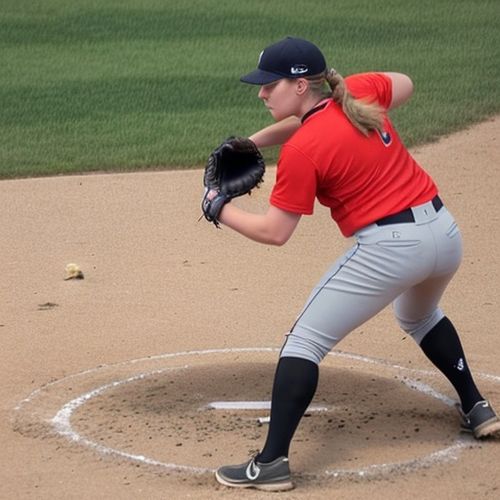
By Samuel Cooper/May 8, 2025
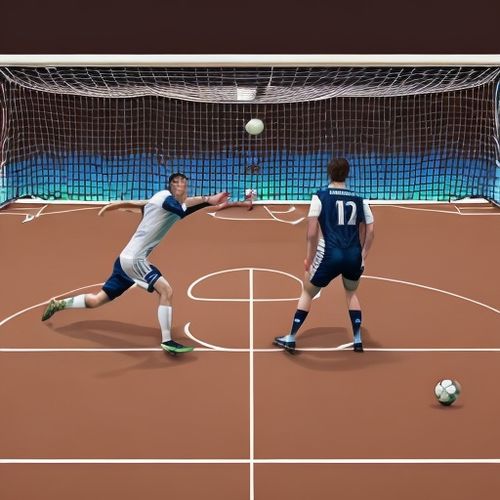
By Joshua Howard/May 8, 2025
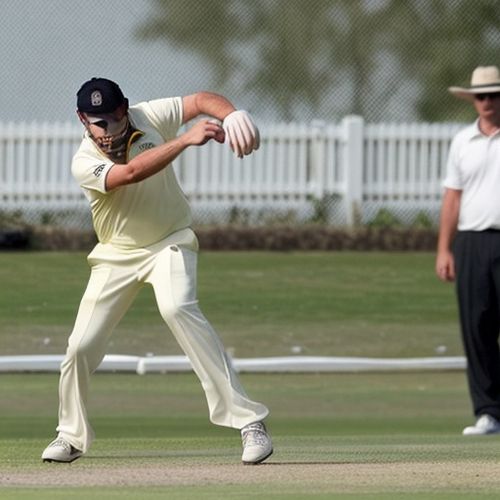
By Grace Cox/May 8, 2025
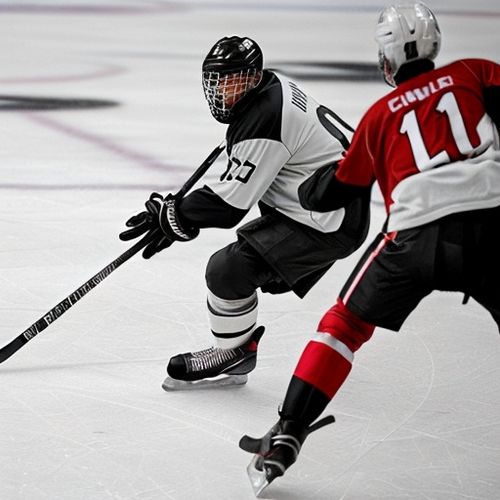
By Christopher Harris/May 8, 2025

By Samuel Cooper/May 8, 2025

By Sophia Lewis/May 8, 2025
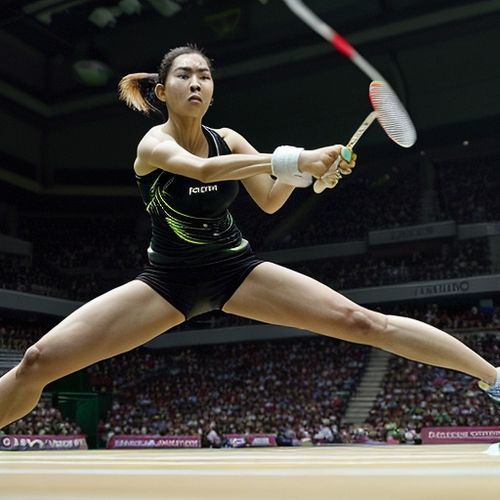
By Eric Ward/May 8, 2025
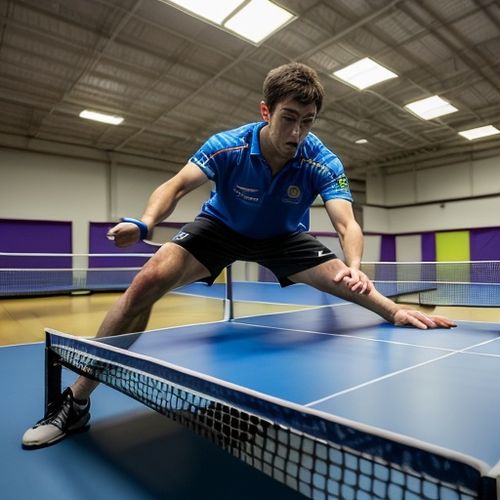
By Sarah Davis/May 8, 2025